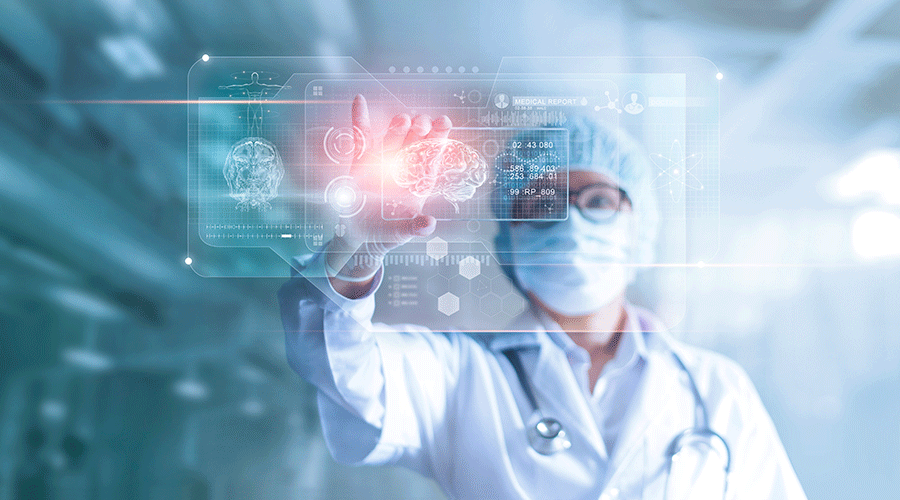Software and technology can be uncomfortable topics for some industries, and healthcare facilities managers are not excluded from this. Even though technology is constantly advancing to improve the daily lives of workers, fear remains that technology will replace human workers. The worries around the unknown of new technologies can make it hard for managers to even consider implementing technology in their operations.
To combat uneasiness, managers need to understand the benefits of new technology is needed, whether it is potential ROI, better patient care, workflow improvements or enhanced functionality. Having a clear set of goals also can help others in facilities understand the technology’s benefits so they can begin to embrace it.
“A compelling ROI can empower healthcare organizations to adopt new technology,” says Pam Indrachai, senior healthcare product manager with Ergotron. “If a facilities manager and the relevant stakeholders can clearly visualize the benefits of the improved tech or equipment, it will be easier to gain buy-in. Tech can also be a way to attract top talent.”
Technology can also aid in future-proofing facilities. The COVID-19 pandemic created a domino effect within hospitals and other healthcare facilities, highlighting areas that were not functioning effectively based on the demand for the available services. Implementing technology and equipment that provide modularity and flexibility can allow organizations to meet current and future workflow needs.
Related Content: Strategies for Supporting Mental Health in Healthcare Facilities
“When considering equipment, solutions with an open architecture and ample accessory options can be reconfigured and redeployed to different departments or used for other purposes,” Indrachai says. “We’ve learned from living through a global pandemic that healthcare providers might have to treat patients in non-traditional spaces, like vaccinating people in parking lots or convention centers. Thoughtfully designed equipment supports healthcare provider well-being, alleviating some of the impact of stress and burnout.”
Receiving input from employees can also help them embrace changes within organizations. As hospitals and healthcare systems begin to renovate their buildings to better accommodate patients and workers, architects will consider the way technology can be used. Thoughtful design allows healthcare providers to do their jobs more efficiently, so even the smallest details, such as cable management, can help keep employees safe and healthy.
“In healthcare facilities, it’s crucial to leverage design to create efficiencies and optimize workflows.” Indrachai says. “Similarly, when making design decisions, prioritizing the health and comfort of employees is essential. Recently, I talked to a nurse who mentioned that some of the chairs the nurses in her unit used for rest were removed. Nurses are on their feet for hours, walk miles throughout their shifts and need a place to sit and rest. It may slow the process to get more input when considering making a change, but it’s worth asking the relevant stakeholders before finalizing decisions. Of course, as you reevaluate and optimize over time, things will evolve, but asking questions and getting input along the way is a key step.”
Mackenna Moralez is the associate editor of Healthcare Facilities Today

 UF Health Hospitals Rely on Green Globes to Realize Their Full Potential
UF Health Hospitals Rely on Green Globes to Realize Their Full Potential How Healthcare Facilities Can Be Truly Disaster-Resilient
How Healthcare Facilities Can Be Truly Disaster-Resilient TriasMD Breaks Ground on DISC Surgery Center for San Fernando Valley
TriasMD Breaks Ground on DISC Surgery Center for San Fernando Valley Bigfork Valley Hospital Falls Victim to Data Breach
Bigfork Valley Hospital Falls Victim to Data Breach AI-Driven Facilities: Strategic Planning and Cost Management
AI-Driven Facilities: Strategic Planning and Cost Management